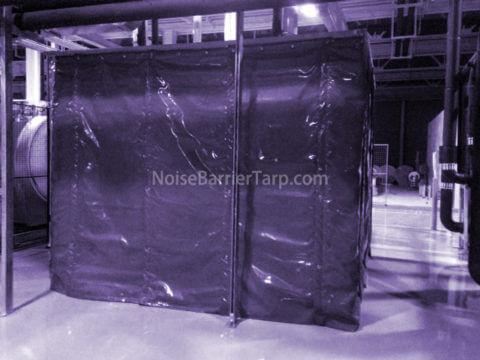Table of Contents
I. Introduction
II. Understanding Noise Control Barriers
III. Types of Noise Control Barriers
IV. Materials Used in Noise Barriers
V. Industrial Noise Control Equipment
VI. Conclusion
I. Introduction
In the fast-paced environment of power plants, where machinery hums and equipment whirs, noise control is of utmost importance. Noise generated within these facilities not only poses challenges for workers but can disrupt surrounding communities and the environment as a whole – noise barriers play an essential role in mitigating these issues.
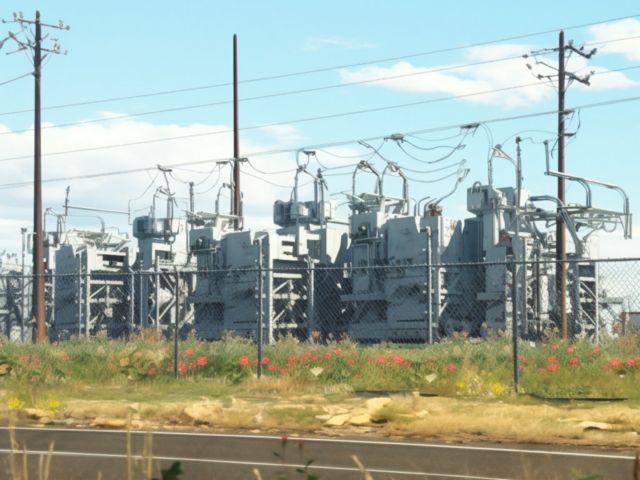
II. Understanding Noise Control Barriers
Noise control barriers (also referred to as sound barriers or noise reduction temporary screens) are physical structures designed to reduce sound wave transmission and thus decrease pollution levels. They act as a protective shield between noise sources and their surroundings and serve as a buffer zone that significantly lowers sound levels in this way.
Temporary screen serves a dual purpose by reflecting, absorbing, or diffusing sound waves so as to stop their propagation further. By strategically placing these barriers within power plants, impact of noise pollution can be significantly decreased, providing benefits both to workers inside as well as outside.
One key mechanism by which noise control temporary screening barriers work is through sound transmission loss. When sound waves encounter barriers, they may be reflected back off or transmitted through them depending on factors like height, thickness and material composition as well as frequency range of noise targeted. The effectiveness of noise control barriers depends on factors like their height, thickness and material composition as well as frequency range targeted.
As we investigate noise control barriers further, we will discover various types, materials and examples of their successful implementation in power plants. By understanding their role and significance in creating quieter and more eco-friendly power plant environments.
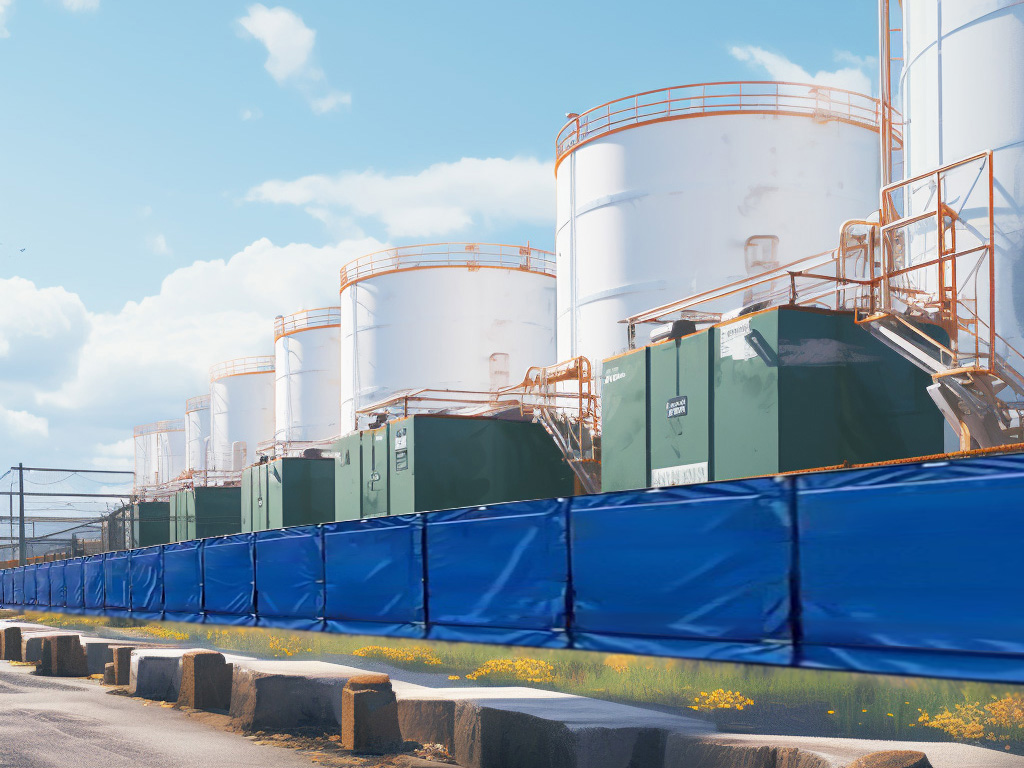
III. Types of Noise Control Barriers
When it comes to controlling noise in power plants, various types of noise control barriers may be utilized. Each has their own benefits in terms of reducing noise pollution. Let’s explore some of the commonly employed barriers:
1. Soundproof Canopy
Soundproof canopies are specially-engineered industrial noise control products intended to contain and reduce noise emissions from specific equipment or machinery within power plants. Constructed out of noise barrier materials, they provide effective noise insulation.
Effectiveness and Suitability:
- Noise Reduction: Soundproof canopies are highly effective at reducing noise emissions from equipment like generators, compressors or pumps. They absorb sound waves rather than allowing them to escape into their surrounding environment and disrupt it further.
- Suitability: Soundproof canopies are an ideal industrial noise cancelling equipment for power plants in which certain equipment or machinery creates high levels of noise, as they can be specifically tailored around these components to provide targeted noise control without disrupting overall plant operations.
2. Industrial Sound Enclosures
Industrial sound enclosures (also referred to as soundproof enclosures or industrial noise suppression enclosures) are rigid structures designed to house noise-producing equipment or processes within power plants. Constructed using noise barrier materials for maximum sound insulation performance.
Role and Examples:
- Noise Containment: Industrial noise cancelling enclosures play an essential role in controlling noise pollution at its source by isolating noisy equipment or processes from propagating sound waves into nearby environments and effectively mitigating noise pollution.
- Examples: Industrial sound enclosure can be used to enclose equipment like turbines, pumps and compressors within power plants to control noise from large machinery that produces continual or high-intensity noise emissions. They’re especially effective at managing such noise sources.
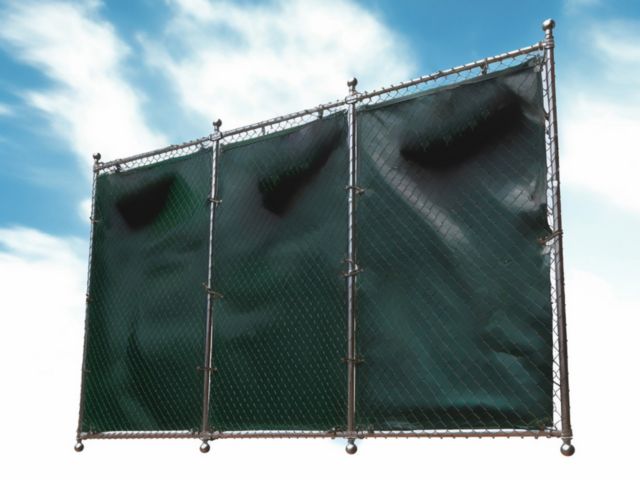
3. Noise Barrier Systems
Noise barrier systems involve installing various noise barrier materials – walls, fences, or panels – into power plant facilities to form an effective noise reduction solution. These systems use multiple layers of various barrier materials for maximum noise abatement.
Effectiveness in Subduing Noise From Power Plants:
- Comprehensive Noise Reduction: Noise barriers materials offer an effective solution to noise control in power plants by combining various kinds of barriers and materials for enhanced noise reduction capabilities, thus effectively mitigating pollution levels.
- Customizable Solutions: Noise barrier systems can be customized to the unique requirements and layout of power plants, providing optimal noise control without interfering with plant operations. They can even fit around existing structures or equipment without interfering with plant operations.
As we continue our exploration of noise control barriers, we will examine their construction materials and how they can be utilized within power plants. By understanding the different types of noise control barriers available, power plants can select solutions which offer quieter and more harmonious work environments.
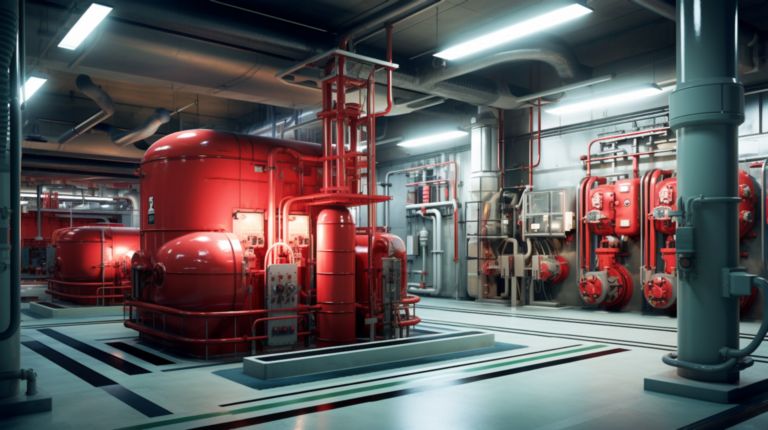
IV. Materials Used in Noise Barriers
Temporary noise barriers rely on specific materials that possess properties conducive to effective noise reduction, including their acoustic properties, durability and suitability for power plant environments. Here we discuss some commonly used noise barriers and their relevance in such settings:
1. Noise Barrier Material
- Noise Tarpaulin: Noise tarpaulin is an affordable and flexible noise control barrier material commonly used for temporary screening in power plants. Constructed to withstand harsh industrial environments and providing an absorbent barrier that reflects sound waves back out, noise tarpaulin makes an excellent solution for creating temporary noise control zones during maintenance or construction activities.
- Insulated Tarps: Insulated tarps 3500×2000 combine noise barrier materials with insulating layers for improved sound absorption and thermal insulation, making them suitable for power plant settings to enclose noisy equipment or processes to lower noise emissions and prevent heat loss. These temporary drapes can help minimize emissions while also providing valuable heat insulation properties.
2. Other Noise Control Barrier Material
- Acoustic Panels: Acoustic panels made of materials like mineral wool or foam are popular noise control barriers used in power plants, as they absorb sound waves while decreasing their reflection and transmission. Acoustic panels can provide both temporary and permanent noise mitigation solutions within power plants.
- Soundproof Glass: (also referred to as laminated or acoustic glass) is an innovative noise barrier example. Consisting of multiple layers of laminated glass joined together by an interlayer designed to minimize vibrations from sound, it can help control noise in noisy environments such as control rooms or observation areas within power plants.
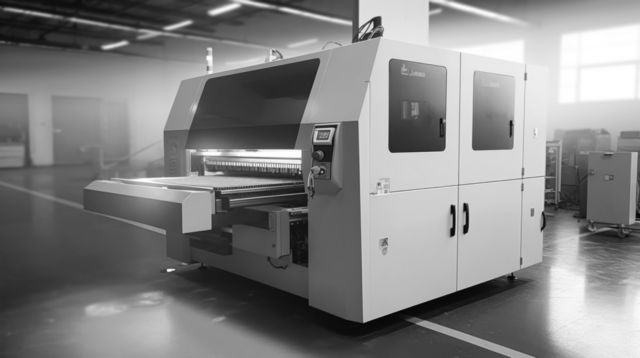
V. Industrial Noise Control Equipment
Noise control equipment other than barriers is also commonly utilized to bolster noise reduction efforts in power plants, with two common pieces including:
1. Industrial Noise Cancelling Equipment
Industrial noise-canceling equipment, such as active noise control systems or noise-canceling headphones, uses advanced technology to actively counteract and cancel out specific frequencies of noise. These systems emit sound waves with an opposite phase to those from incoming sounds – thus cancelling out their effect and providing workers with relief from high levels of sound exposure. Industrial noise-canceling equipment may be utilized either within control rooms or worn directly by workers as an effective tool against high levels of sound exposure.
2. Industrial Noise Suppression
Industrial noise suppression techniques involve various approaches for reducing emissions at their source or along the transmission path, with some methods being:
- Enclosures and Barriers: As was stated above, industrial sound enclosures or chiller noise control systems can help control noise emissions from specific machinery or processes in power plants by providing containment or noise barrier systems to contain noise emissions from specific pieces of equipment or processes.
- Vibration Isolation: Vibrations generated by machinery can increase noise levels. By employing vibration isolation techniques like anti-vibration mounts or pads, vibration transmission can be minimized, leading to less transmission and noise emissions.
- Damping Materials: Damping materials such as visco-elastic materials or vibration-damping compounds can be applied to equipment or structures to reduce noise by absorbing vibrations and dissipating them over time.
Industrial noise control equipment and suppression methods can be combined with noise-reductive barriers to provide an all-inclusive approach to noise reduction in power plants. By making use of both materials and equipment, power plants can effectively limit noise pollution for an improved working environment and to minimize pollution levels.
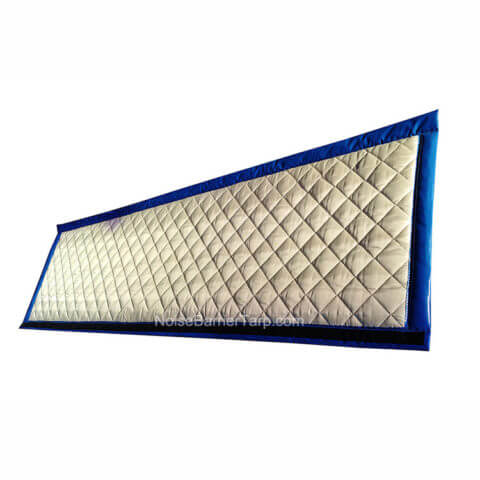
Noise Reduction Factory Equipment
Industrial Noise Control Systems Manufacturing Noise Control | Industrial Noise Barriers Noise Attenuation Solutions Industrial Noise Control Methods
VI. Conclusion
Noise pollution poses an ongoing challenge at power plants, which necessitates effective noise control measures like noise barriers. These barriers play a pivotal role in lowering noise levels, protecting workers’ well-being and upholding good community relations while creating a more sustainable environment.
Through this article, we explored different types of noise control barriers such as noise wall barriers, soundproof canopies, industrial sound enclosures and noise barrier systems. Each type offers particular advantages for use in power plant environments. Furthermore, we discussed materials used for these noise barriers such as noise tarpaulin, insulated tarps, acoustic panels and soundproof glass as we considered their properties and suitability within those environments.
Additionally, we researched industrial noise control equipment like noise-canceling equipment and noise suppression techniques as means to augment noise reduction efforts in power plants, offering a comprehensive approach for mitigating noise pollution.
By adopting noise control measures, power plants can create quieter and more pleasant working environments for their workers. Reducing occupational noise exposure enhances worker health and satisfaction as well as productivity; by responding to community noise concerns directly, they can foster stronger relations among neighbors while contributing to a peaceful and sustainable community environment.
At power plants, noise control measures are paramount and investment should be prioritized accordingly. By employing effective noise reduction solutions such as noise blocking barriers, materials, and equipment they can significantly decrease noise pollution while creating a quieter and more sustainable operating environment. Our goal should be for power plants to coexist harmoniously within their communities while safeguarding workers’ well-being as well as that of society at large.
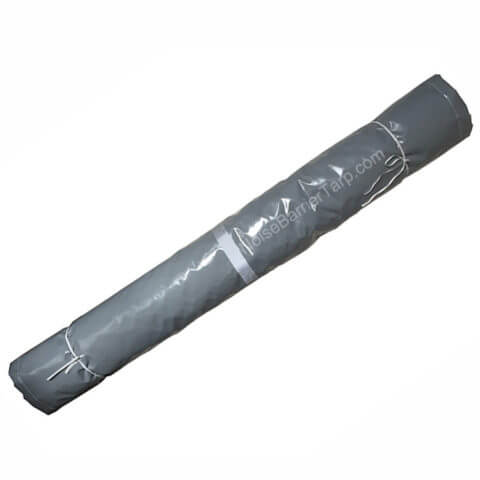
Insulated Tarpaulins
Outdoor Canvas Tarp Soundproof Outdoor Tarpaulin Insulation Tarp | Outdoor Tarps Noise Proof Insulated Tarpaulin Manufacturer Insulated Canvas Tarp
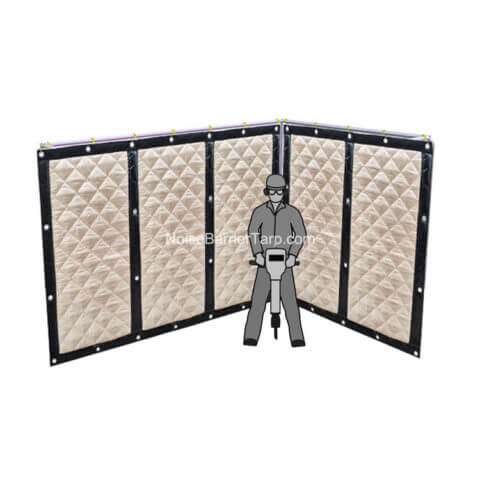
Temporary Noise Screens
Tarpaulin Screen Sound Reducing Screens Sound Blocking Screen | Soundproof Screen Outdoor Noise Reducing Screens Outdoor Noise Cancelling Screens
